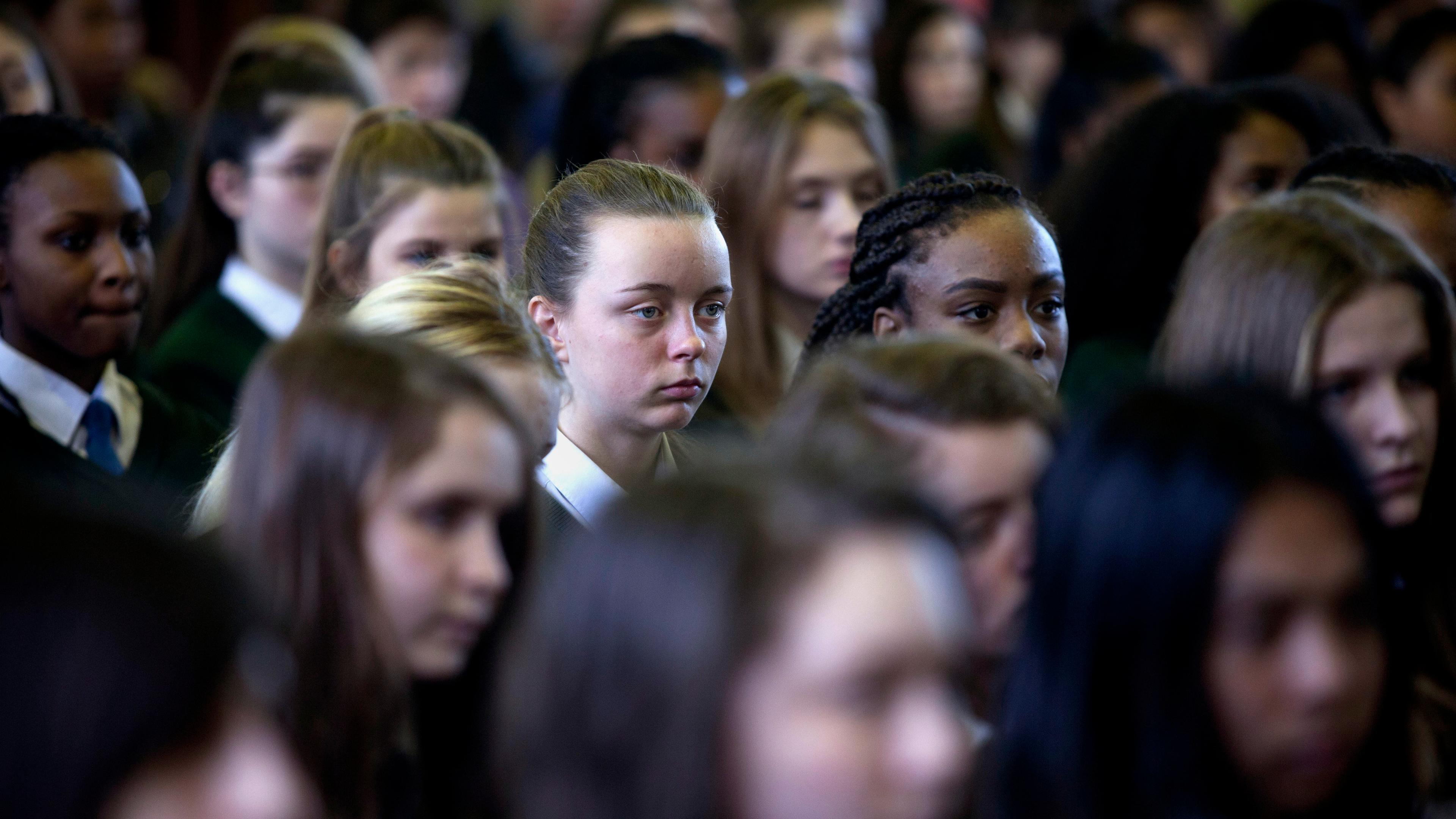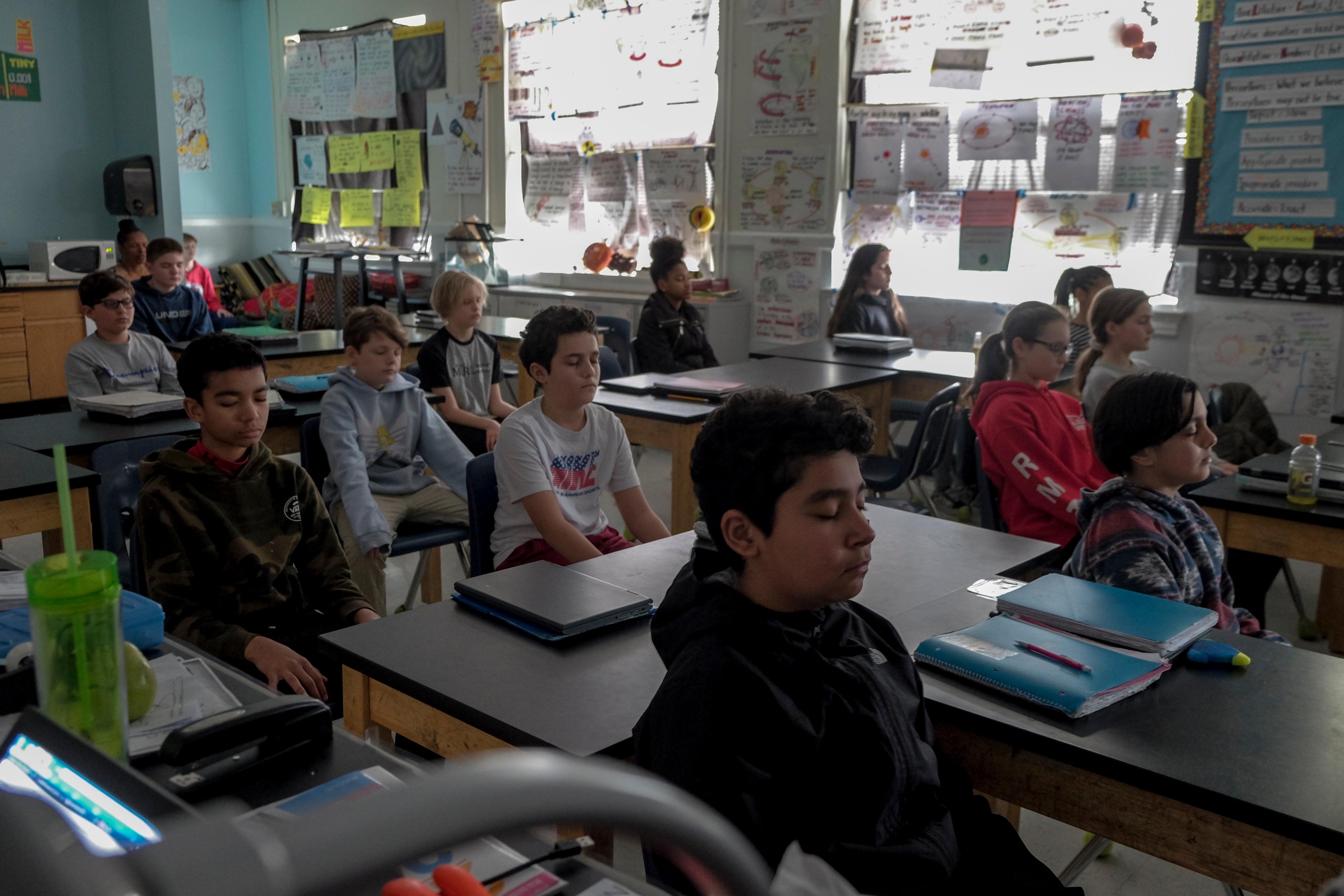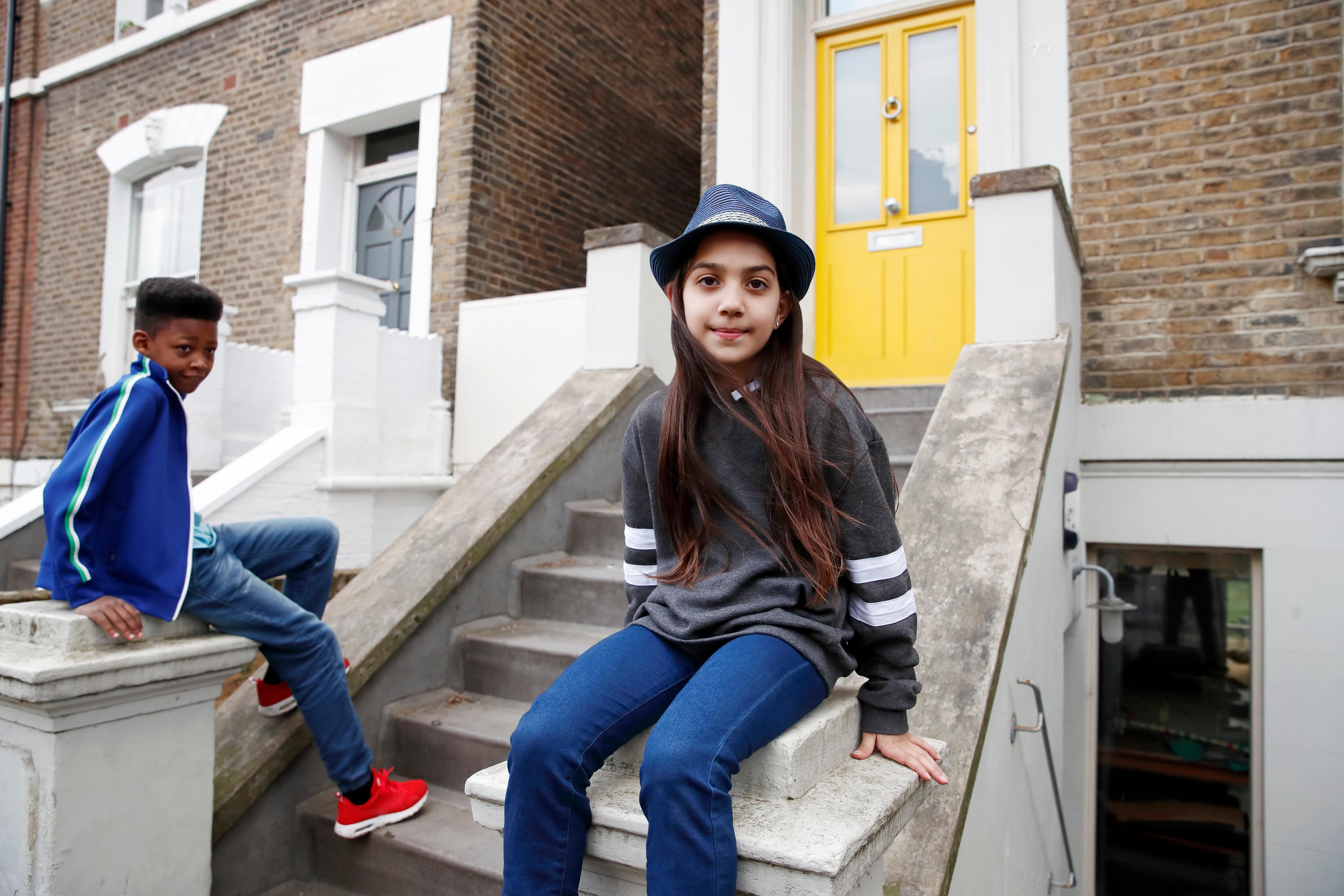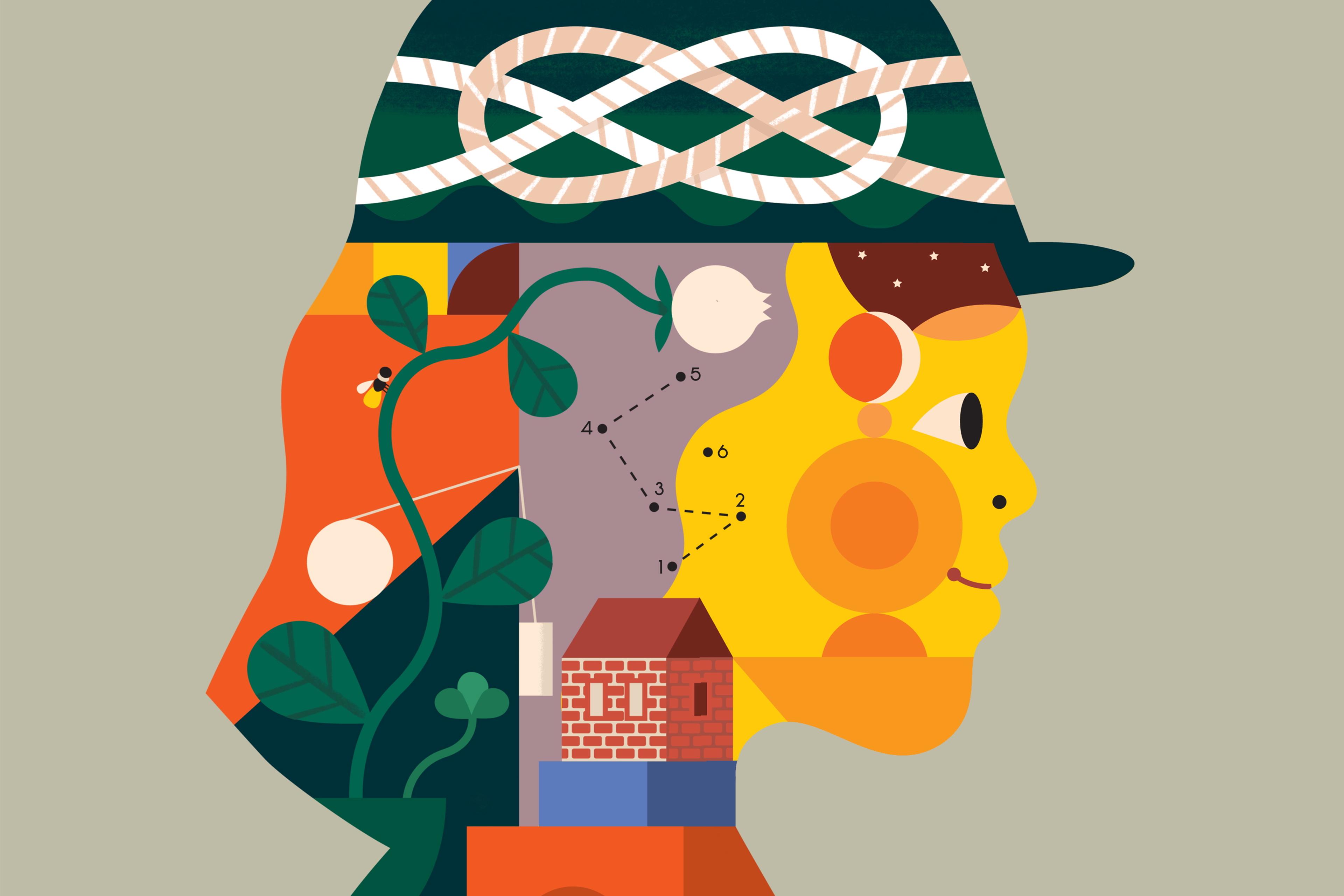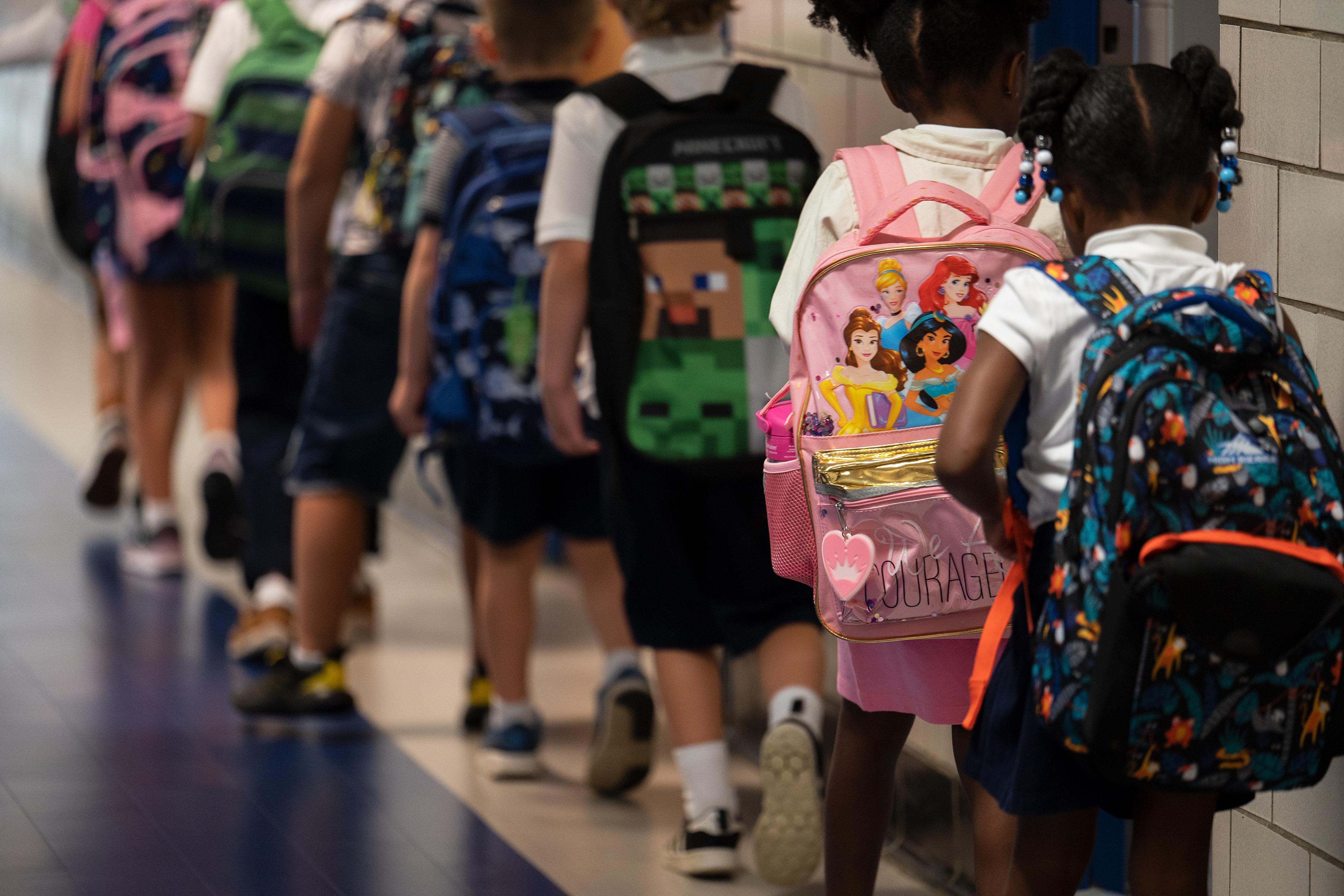‘Mindfulness doesn’t help me,’ says Tyler, a 13-year-old student in a deprived area of southwest England. ‘Some people it helps, some it can make ’em feel worse.’ Gathered around a table in a large, cluttered classroom, five other students nod. Kayleigh cuts in: ‘Sometimes other things help me more. But they don’t listen to us, they just tell us to do mindfulness.’ Sharp, eloquent, indignant, the students explain what does help them when they are stressed or upset: talking to people they trust, being listened to, having fun. To them, mindfulness practices of feet-feeling and belly-breathing feel abstract, irrelevant and counterintuitive. They have many ideas about what their school can do to help them, but it seems like no one is listening.
Over the past decade, schools across Europe and North America have begun teaching mindfulness meditation to their pupils. In these classes, students learn to pay attention to their immediate experience (sensations, thoughts, emotions) with a friendly and nonjudgmental attitude. The goal is to help them develop resilience, improve their attention and self-regulation, and prevent everyday stress spiralling into major psychological problems. Addressing mental health and wellbeing in this way is part of the current ‘therapeutic turn’ in education. In the United Kingdom, a £6.4 million trial is assessing whether school mindfulness training is ‘effective and cost-effective’ for improving mental health in 11- to 14-year-olds.
We are researchers at the intersection between cognitive neuroscience, sociology and education; as such, we investigate the cultural contexts of mindfulness interventions and the subjective experience of young people learning mindfulness at school. Our work has involved interviews with teachers, policymakers, researchers and students, and we have observed numerous lessons of the leading programmes in the United States and the UK. We have found that, while mindfulness improves educational attainment and reduces emotional problems in some young people, for others it has no obvious impact. Worse than that, for some students, mindfulness lessons can fuel disaffection and resentment.
Mindfulness programmes claim to build psychological resilience by engaging the brain in specific ways. Often described as a ‘brain training’ exercise, mindfulness is thought to be especially effective among children and adolescents by virtue of their developing and highly plastic brains. At the level of policy, this is useful: by recasting it as a scientific intervention rather than a spiritual practice, mindfulness can be more easily included in school curricula. But this understanding of mindfulness can be limiting. It neglects the social contexts of mindfulness-based interventions and the subjective experiences of students themselves. Moreover, using vocabulary and metaphors of the brain implies that there are universal human experiences and objectively appropriate responses to them. In fact, there are a number of cultural values woven into these lessons.
In many programmes, students learn that emotions such as anger, anxiety and fear stem from reactions in a brain region called the amygdala. They are taught that mindfulness helps them identify and manage these emotions by activating the prefrontal cortex, the part of the brain associated with behavioural regulation. In doing so, students are taught that mindfulness creates space in which we can ‘choose our response’ as opposed to reacting or lashing out. In the words of one programme, mindfulness gives us ‘the freedom to choose’.
These might sound like reasonable claims, but they imply a dichotomy between emotions and reason, and the superiority of ‘rational’ responses to distress. This idea derives not from traditional mindfulness but from liberal Western ideals. Historically, these ideals have served to undermine oppressed groups, as anger and resistance is perceived as irrational.
Some of the researchers and educators we interviewed were concerned about how the brain was discussed in mindfulness classes. For example, young people were encouraged to regulate their feelings of distress by ‘sculpting’ or ‘strengthening’ the brain. Our interviewees felt that using such language could reinforce a sense of passivity in young people, rather than foster their agency. Educators working with young people in marginalised communities worried that these messages required students to look inward and adjust to their environment, accepting rather than seeking to change their circumstances. US-based educators we spoke with described how the idea of building resilient brains was resonant with deeply held American beliefs about character.
Within educational contexts, being well-behaved is seen as rational and ‘good’, while resistance to authority is seen as irrational or ‘bad’. Since mindfulness encourages young people to be calm, complacent and attentive, it can promote these moral hierarchies: of good or bad behaviour, and hence, well-behaved or naughty students. However, it is well-known that different aspects of social identity such as gender, class and race intersect to influence expected behaviours. Particularly for adolescents, straying from social expectations can be uncomfortable. For example, in the UK schools we observed, boys from working-class backgrounds were generally expected to be cheeky and playful, and those who appeared complacent were sometimes teased by peers.
In these lessons, many boys (and some girls) were highly resistant to the mindfulness practices. For these students, mindfulness is just ‘not me’. For some, school itself is a source of frustration, disillusionment and distress; in this context, mindfulness can feel like just another way to teach them ‘how to behave’. This impression is reinforced by the directive approach in many programmes, in which lessons are teacher-led and students are steered towards ‘correct’ answers. As Jack, a 13-year-old student at a school in a post-industrial town in the UK, explained: ‘They’re trying to teach us to choose what we want but then not letting us choose anything at all.’
Rather than articulating these feelings, we found that such students lashed out at teachers, perpetuating a cycle through which they are marginalised from education. Among students who tend to resist school authority, we found that the compulsory, directive nature of mindfulness lessons could itself create resistance, meaning that those who might have the greatest emotional needs were frequently alienated from the programmes.
Other students didn’t like mindfulness lessons because bringing attention to their feelings in the classroom made them feel vulnerable. Female students, in particular, spoke of discomfort during mindfulness practices and related classroom discussions. As Kelly, 13, explained:
I really hated it when I had to close my eyes … I felt really uncomfortable because there were people in the group that I didn’t trust … Some of the practices did help me but it would be better if you could choose to do it with people you like.
This lack of trust in other members of the group was not unfounded, as a number of students spoke of being teased in the lessons. In one particularly distressing instance, a worry that a student shared during a mindfulness lesson was posted online by another student.
When we observed mindfulness lessons, we noted another issue: that discussions focused on ‘typical’ concerns for young people – schoolwork, performance in sports, social media. Anxiety about abusive family members, bullying and serious health conditions didn’t meet the criteria of ‘normal stressors’. Teachers are encouraged by curriculum guidance to focus only on typical worries, so students who raised personal concerns were sometimes left unsupported. For example, a student in one classroom divulged concerns about her brother going to prison, but her teacher, following the guidance, quickly steered the conversation back to ‘general worries’.
There is increasing awareness that some mindfulness practices might not be appropriate for people dealing with trauma. Some of the leading school mindfulness programmes do emphasise that the practices are ‘light’, and say that the lessons might not be appropriate for students who have experienced recent bereavements or family separations. However, teachers won’t necessarily know the circumstances and psychological needs of all of the students in their care. If mindfulness lessons are compulsory, there is a danger that some students with recent traumas could slip through the net, and that they might feel obliged to engage in practices that amplify their distress.
Some educators are already adopting more flexible and dynamic approaches to mindfulness, which might resolve some of these problems. In Scotland, the charity Youth Mindfulness recently developed a programme called SOMA, which offers a range of games and activities selected depending on each group’s interests and needs. Developed with input from students and young offenders, this programme emphasises the building of relationships over and above curriculum content. This might help move away from the more directive approach of other programmes, and towards student-led, inclusive lessons.
The desire to provide students with coping strategies and emotional support is laudable. There is evidence that mindfulness can support psychological wellbeing among some populations, and it was certainly helpful for some of the students we interviewed. But it is vital that we attend to all young people’s experiences of these lessons, and the systemic contexts in which they occur. With the mechanistic focus on the individual brain and the psychological processes of self-regulation, we risk overlooking the social circumstances of young people’s lives – from their perspectives. In addition, we need to widen the notion of resilience: to see it not as an ‘inner’ or individual capacity but instead as something embedded in the social ecology of the young person.
We can develop ethical and effective interventions only if we engage young people in research and in practice. If mindfulness is to have a place within the broader offering of curricula within schools, it must indeed be an ‘offering’. It must be collaborative, recognise variation in the experiences of different social groups, and take seriously young people’s agency and ‘freedom to choose’.
